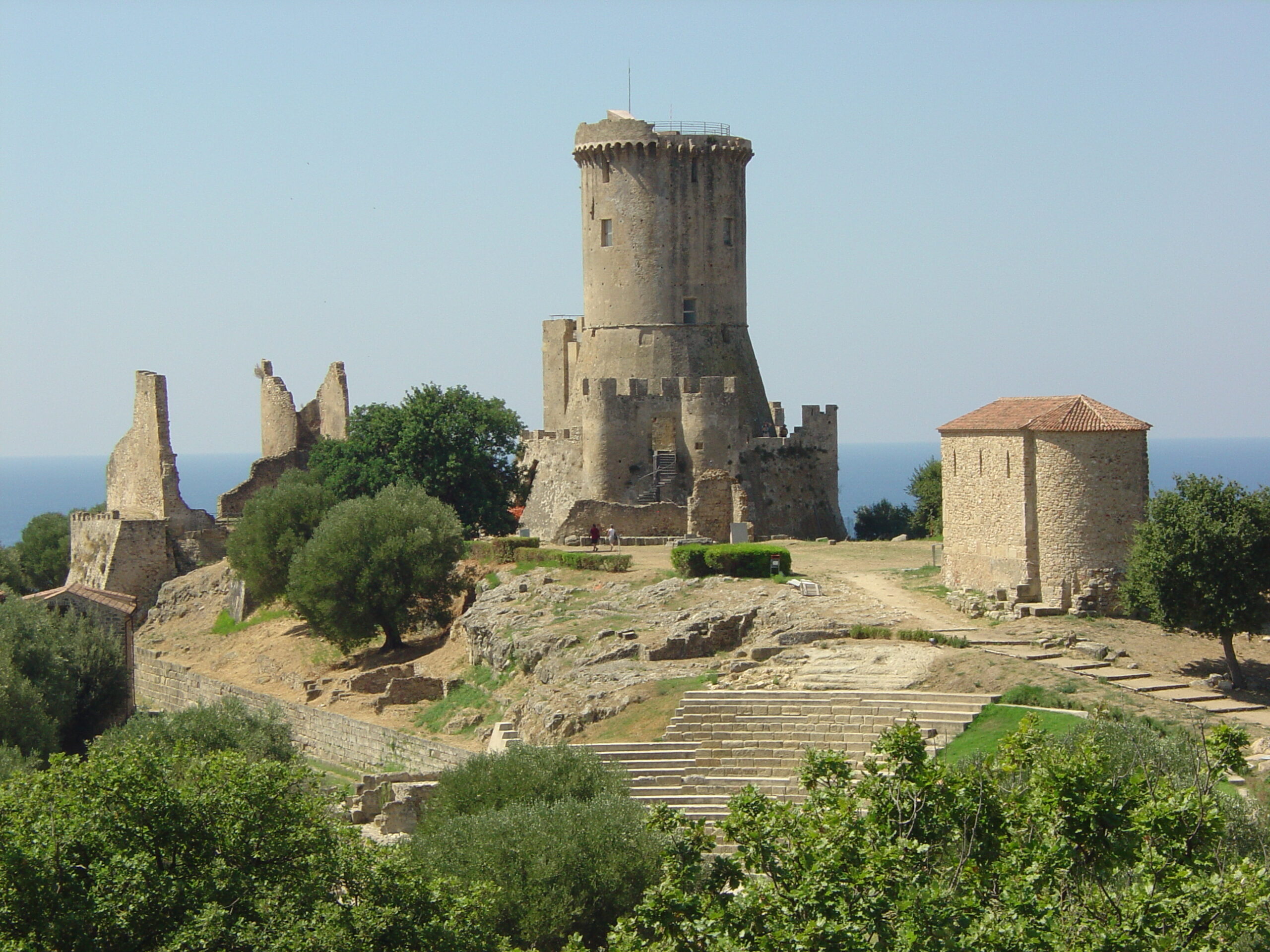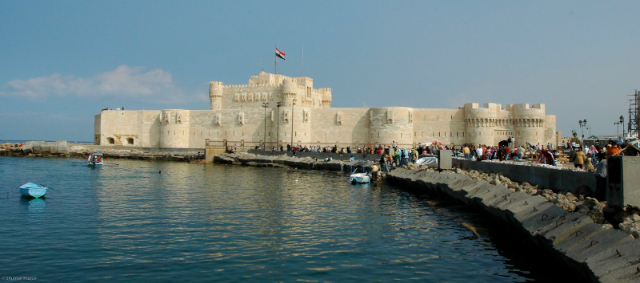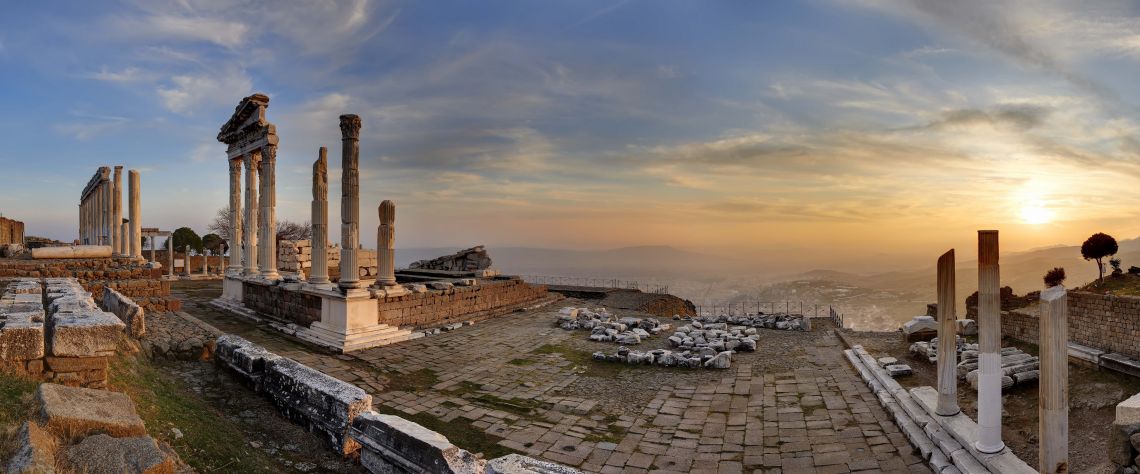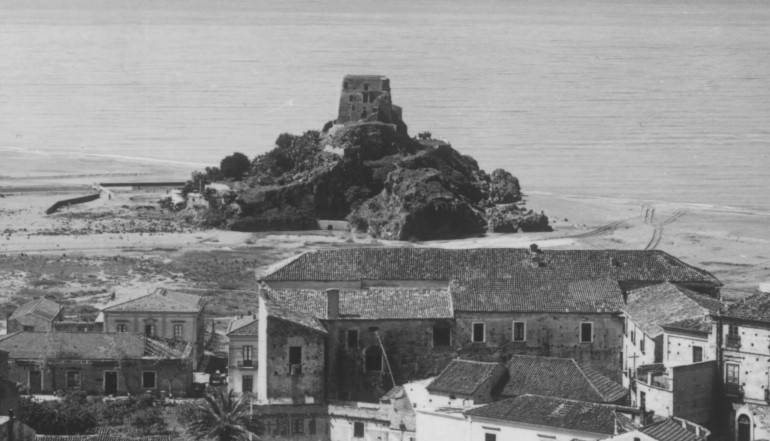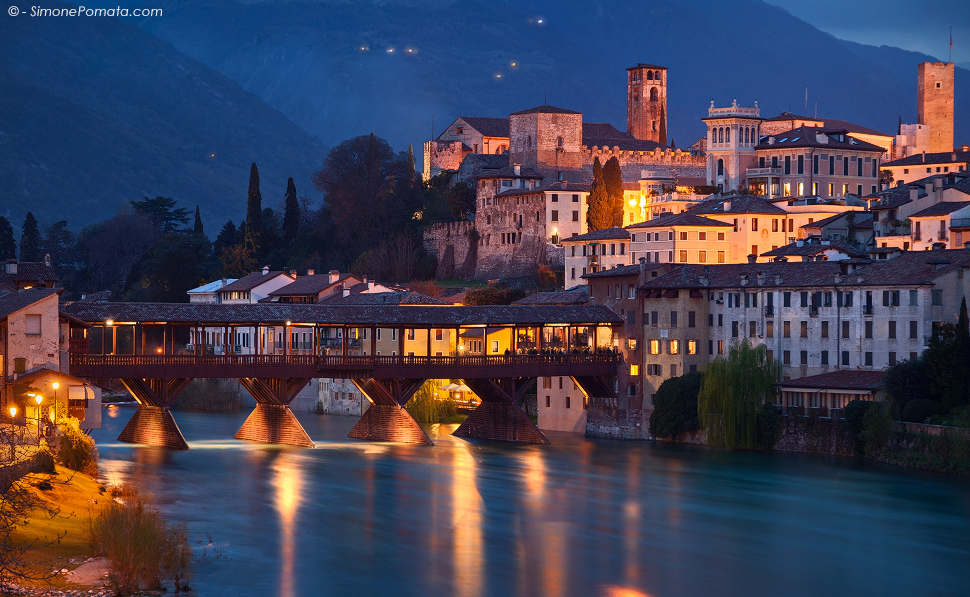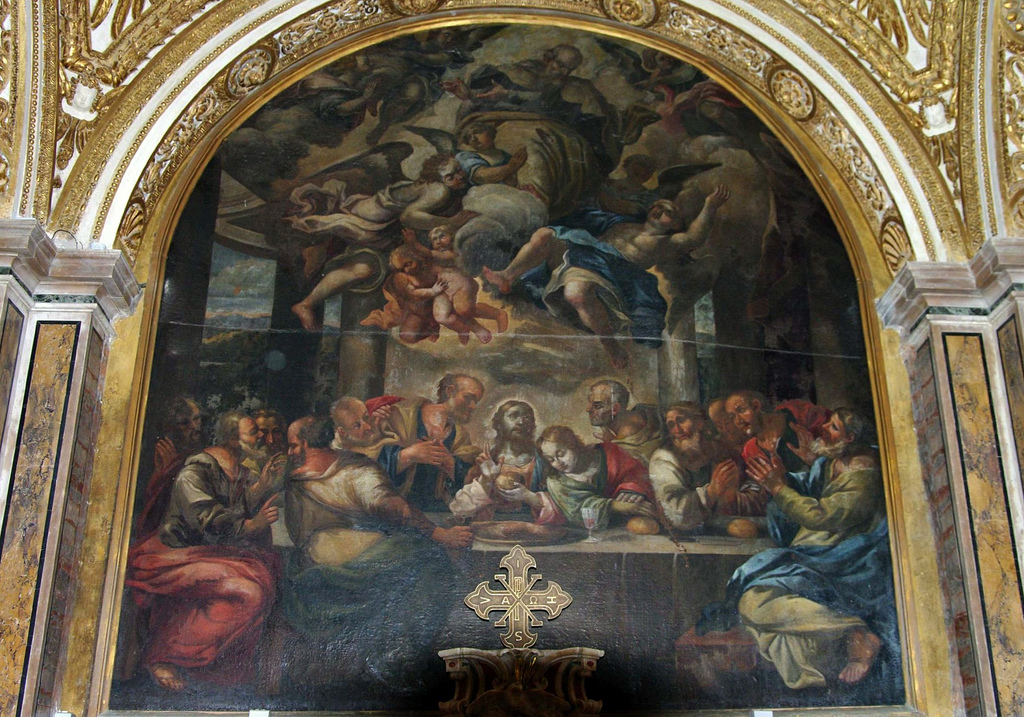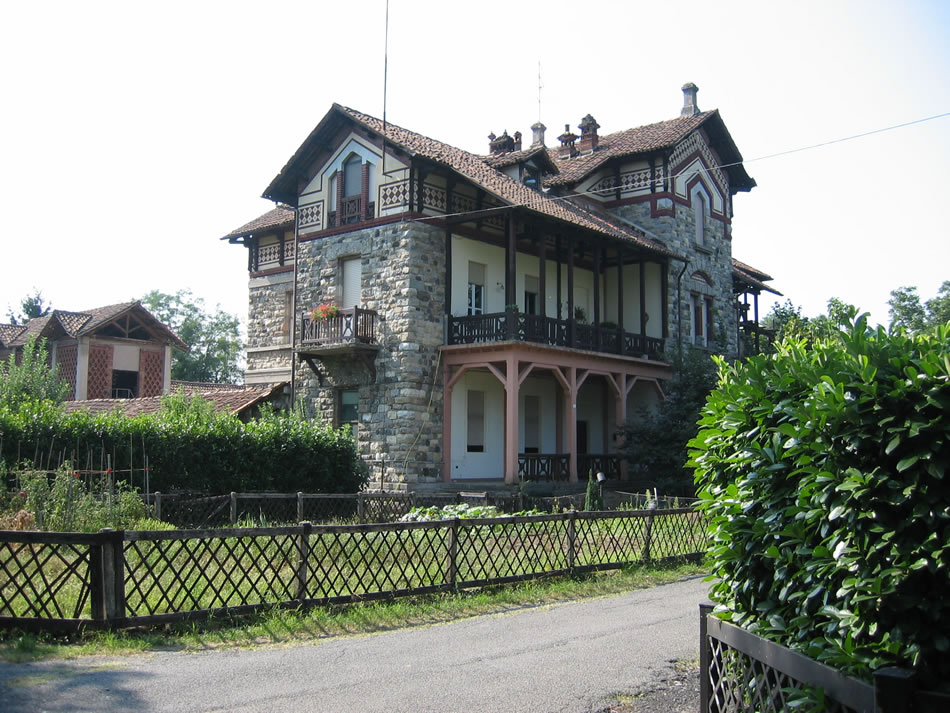The city, known in the 5th cent. above all for the figures of Parmenides and Zeno, founders of the famous Eleatic school of philosophy, reaches a period of great development in the Hellenistic and much of the Roman age (late 4th cent. BCE. – 5th century AD, when its name was changed to Velia. With the Middle Ages, the settlement retreated to the Acropolis, where a castle was built.The architectural structures of the ancient city are immersed in a vast area of Mediterranean scrub and lush olive groves, constituting a splendid combination of archaeology and nature.
The tour route, equipped with educational panels, begins in the lower town, where most of the buildings date from the Hellenistic and Roman periods. The entrance driveway skirts the 5-kilometer-long city wall, which was built as early as the 6th century B.C. and acquired its present appearance with the construction of some 30 towers only in the late 4th century B.C. to contain the advance of the Lucanians. In front of the walls is a necropolis of the imperial age (1st-2nd cent. AD) of which individual burials and funerary enclosures are visible within which various depositions were collected. The actual access to the city is through the South Marina Gate, which is protected by a quadrangular tower of which it is possible to distinguish two construction phases: the first from the first half of the fifth century B.C. recognizable by the parallelepiped sandstone blocks placed in the lower part, the second, datable to the third century B.C., for which conglomerate blocks were used. Going along Via di Porta Marina, on the right one can see a public building,consisting of a three-armed cryptoporticus, datable to the Augustan age (31 B.C. – 14 A.D. with reconstructions during the second century A.D. that has been variously interpreted as a gymnasium, a medical school or as a shrine of the imperial cult given the discovery of numerous herms and statues dedicated to local physicians and portrait heads of the imperial family.The block to the left of Porta Marina has, on the other hand, a residential and commercial character and consists of at least four houses from the imperial age consisting of a central room, with a basin for collecting water, onto which the other rooms open. Turning right, we continue to the Masseria Cobellis where a refined building of public character of the mid-imperial age has come to light, distinguished by a scenographic layout, on two levels, and a careful search for symmetries. Along the central axis of the building, in fact, were a nymphaeum and a pool bordered by flights of brick stairs and lined with partially preserved marble slabs.
Returning toward Porta marina, one skirts two blocks of Hellenistic and late imperial age and comes to the Sacred Well, of Hellenistic age, perhaps dedicated to Hermes as the Greek letters ? ? (eta – rho) engraved on a rocky outcrop. Going along the Porta Rosa street, we can visit the Terme Adrianee (2nd century A.D.) where several rooms of the calidarium and the frigidarium hall are visible, decorated with a splendid mosaic with black and white tiles depicting animals and sea monsters. Continuing up the slope to the right we find, however, the so-called agora recently interpreted as a sanctuary dedicated to Asclepius, a medical and healing deity, which is spread over at least three levels of which the lower one presents a large rectangular body, surrounded on three sides by a portico and decorated at the entrance with a fountain. The public building, dated to the second century B.C., used water from the Hyele spring, which we find further up, where in the Hellenistic age a bath complex was built, of which a heated room is preserved in which steam conduction systems are visible, a large rectangular-shaped pool for hot bathing and a compartment for small terracotta tubs, intended for individual bathing in a sitting position. The Porta Rosa Way arrives in a large gorge that allowed passage to the unexplored Southern Quarter. We are in a real artificial pass where in the 1960s Mario Napoli found the Porta Rosa, a splendid example of the use of the arch by the Greeks.
Climbing toward the Acropolis, we find the oldest settlement of Velia (6th cent. BCE), of which the remains of dwellings lined up along a road are visible, abandoned and obliterated in the 5th cent. to allow the construction of public, civil and religious buildings. Of these on the acropolis are partially preserved a theater, built in Roman times on the remains of an older one, a temple, whose dating and the deity to whom it was dedicated are unknown, and a building with a porticoed front functional to religious needs. The buildings of the acropolis were damaged in the Middle Ages when a castle was built. The Angevin Tower, remains of walls and two churches, the Palatine Chapel and the Church of Santa Maria, which house small but comprehensive antiquaria, are preserved from this period. Starting from the acropolis, it is possible to follow an evocative itinerary that runs along the ridge of the hill, allowing you to visit small sacred areas with buildings from the Hellenistic period and sections of the coeval city walls.
